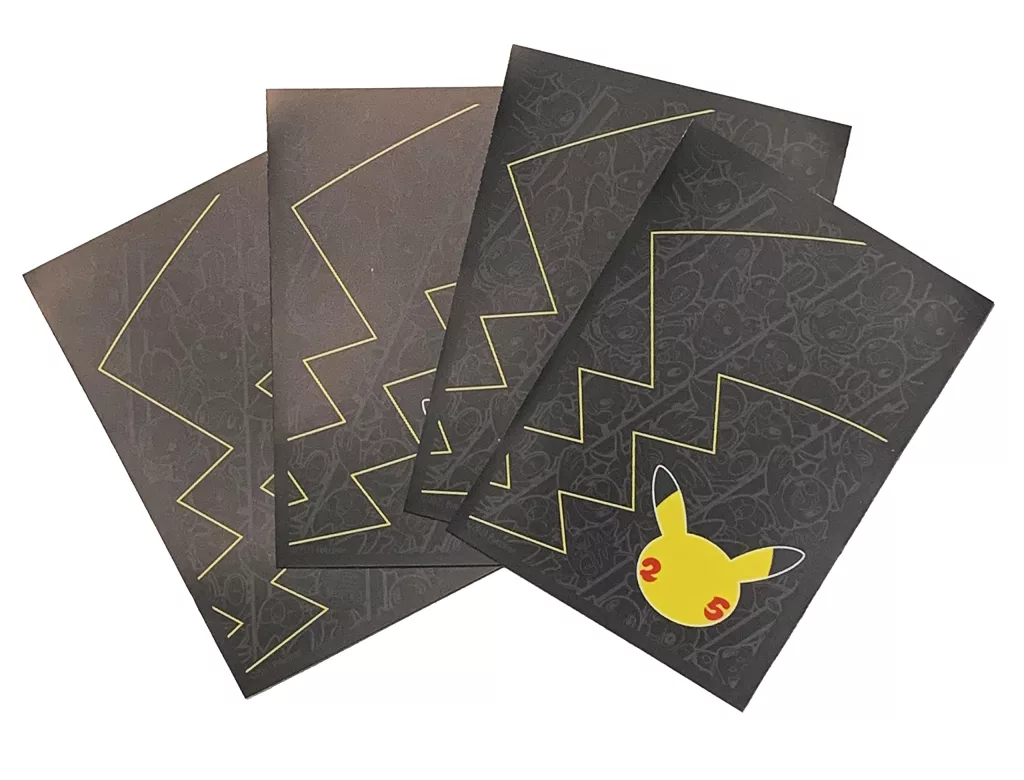Qualities to Look for in Card Sleeves for Sale

Investing in high-quality card sleeves will protect your cards from damage. This will keep them looking new for a long time and preserve their value if you’re collecting. Thickness is another consideration when buying card sleeves. Thicker sleeves will be more durable but challenging to shuffle or fit into boxes.
Durability
Card sleeves protect your trading cards, especially if you’re playing competitively. They protect your cards from damage, which can lower their value. They also keep them clean and free from dust. In addition, good-quality card sleeves are made of acid-free materials. This is essential because the acid can ruin your trading cards with time. When buying card sleeves, look for ones that are made of polypropylene. These sleeves are thicker than standard card sleeves and provide superior card protection. They also resist stretching over time, making them an excellent choice for long-term use. Investing in high-quality card sleeves for sale is worth it, especially if you store expensive collectibles or rare hits. You can even find some compatible with Beckett and PSA slab holders, which is an added benefit if you plan to submit your cards for grading. Also, avoid glossy card sleeves, as they are prone to getting sticky and can cause your cards to stick together when shuffling.
Opaqueness
A quality of an object or situation that prevents light from passing through it. Also known as opacity, this characteristic is the opposite of transparency. Other synonyms for opaqueness include obscurity, murkiness, and impenetrability. It is often used as a negative attribute, such as when something is difficult to understand. Trading card sleeves are made of polypropylene or similar plastic, protecting the cards from damage. They are available in various sizes and thicknesses; some have angled corners to minimize corner wear. These sleeves are also made from different colors so that you can match them with the color of your cards. Card sleeves are essential for trading card collectors because modern tournament rules allow (and sometimes mandate) their use. They are better than rigid top-loaders, which are impossible to shuffle, and traditional card sleeves, which break easily during shuffling. They are also used when sending cards to be graded by companies like PSA and Beckett.
Material
Card sleeves protect your cards from stains, scratches, and dust. They are made from a variety of materials, from polypropylene to polycarbonate. Some are even acid-free and archival quality, which helps preserve your cards over time. The material should be durable and have a matte finish. Some card sleeves have a colored back and are clear on the front, which allows you to see all of the details of your cards. Others have a white background and are completely transparent. Both are great for displaying your cards. You should sleeve your cards before inserting them into binder pages or using a top loader or card saver. This will prevent your cards from getting dirty and help them stay snug in their pocket. Ensure that you choose a sleeve that fits your card perfectly. You can also double-sleeve your cards to provide extra protection from smudges and spills.
Printing
The quality of the printing on card sleeves can make a big difference. It should be opaque enough to protect the card backs. It should also be consistent. For example, if you buy two different types of sleeves from the same manufacturer, they should have a uniform size and shape. The sleeves should fit nicely on your cards without any loose edges or wrinkles. It is essential to use card sleeves because they protect the cards from dust and mold. They also make it easier to shuffle cards. This is important because riffle shuffling can damage cards over time. Card sleeves also keep the cards dry, preventing warping and moisture damage. Many types of card sleeves, including various colors, are available on the market. Some are translucent and opaque, while others have a glossy finish. Some sleeves have a design on the front, while others are plain.








